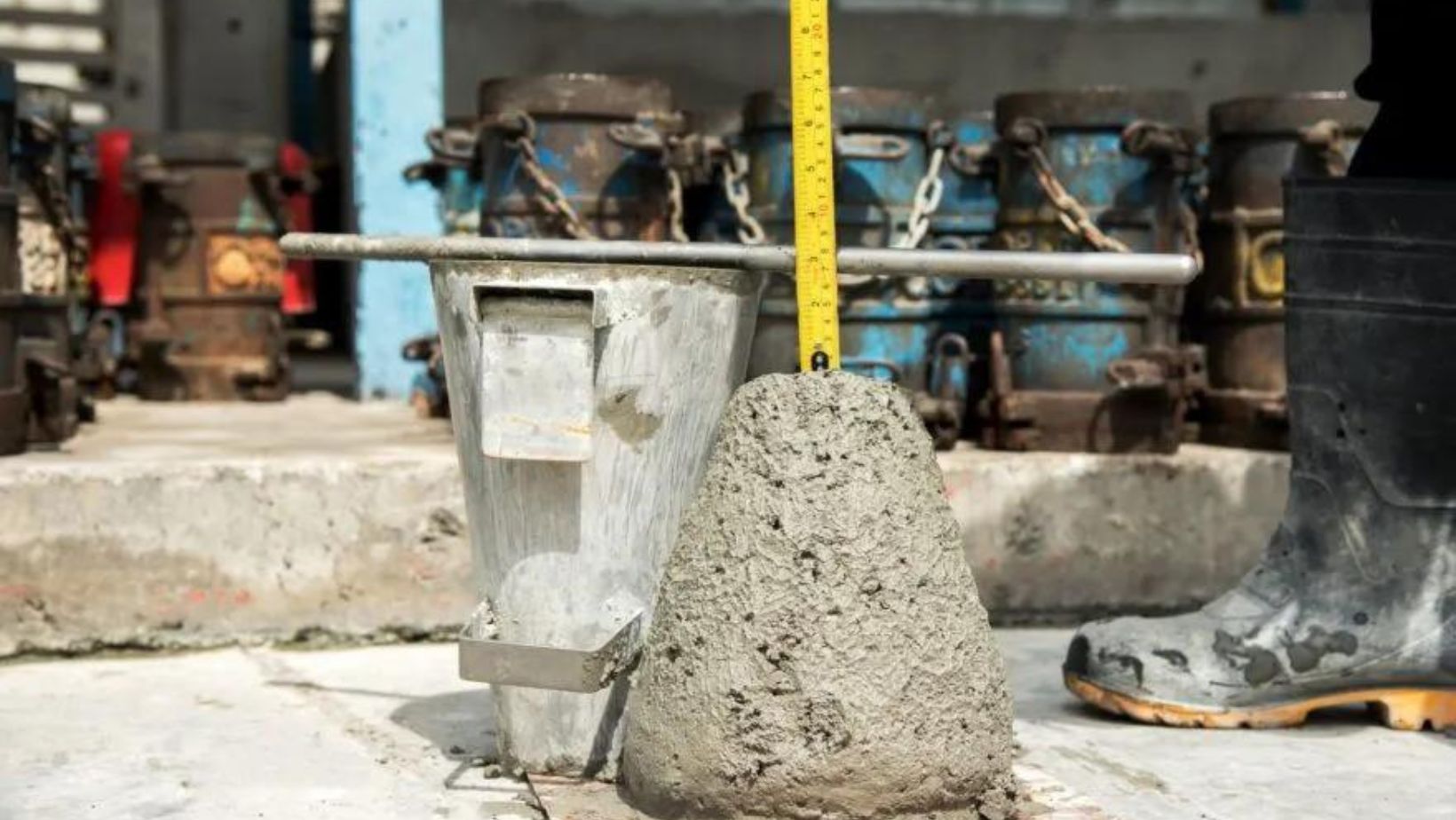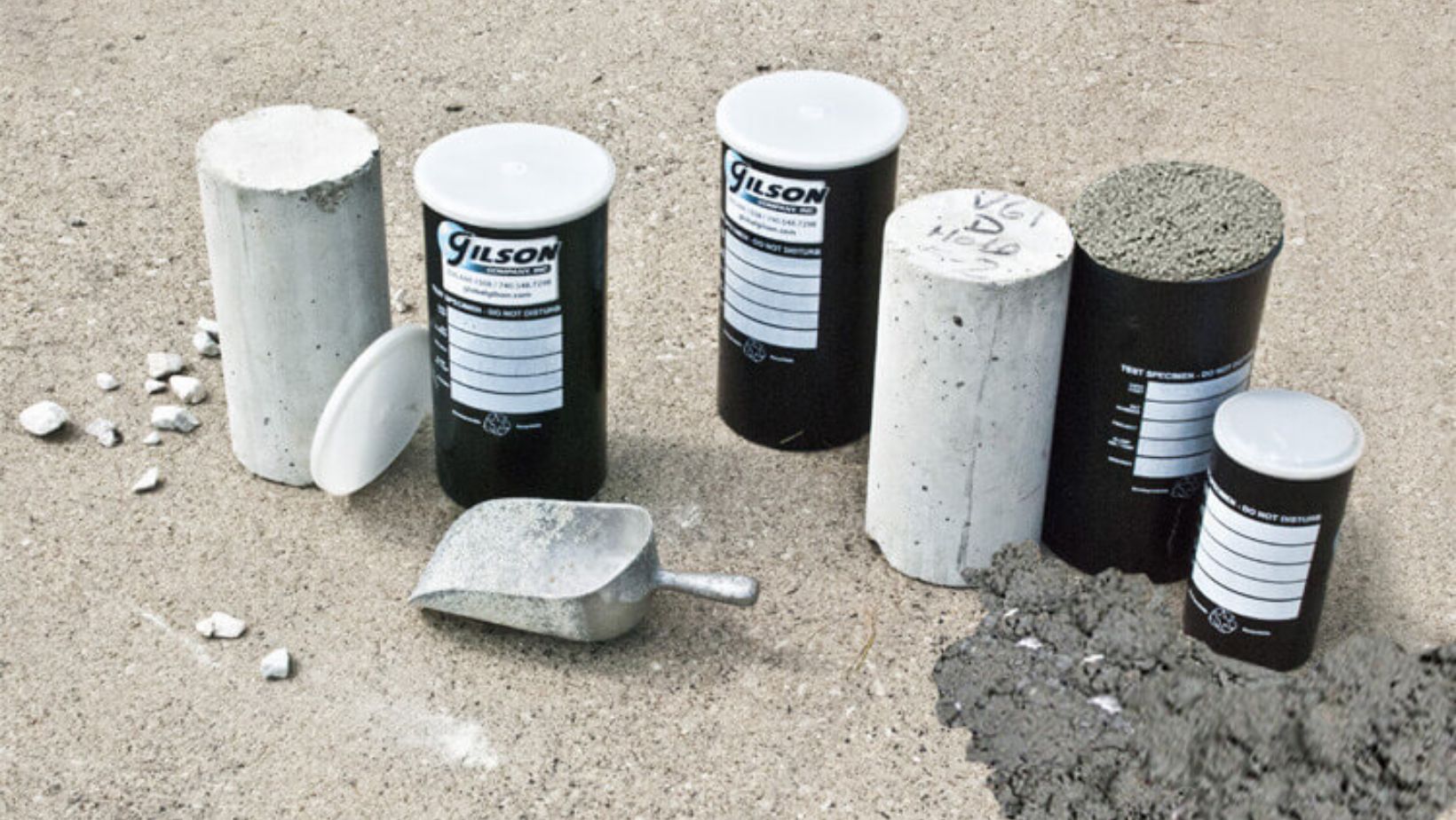Overview of Concrete Testing and Its Importance in Construction

Concrete is one of the most widely used construction materials globally, thanks to its strength, durability, and versatility. However, to ensure that concrete structures meet the required performance standards and safety regulations, thorough testing is essential. One of the critical components in this testing process is the use of concrete test cylinder molds. These molds are integral to evaluating the concrete’s compressive strength, which is a fundamental property influencing the structural integrity of buildings and infrastructure.
The Role of Concrete Test Cylinder Molds
Concrete test cylinder molds are cylindrical forms used to shape samples of fresh concrete for subsequent testing. These samples are typically subjected to compressive strength tests after they have cured for specific periods, usually 7, 14, and 28 days. The results of these tests provide vital data about the quality and suitability of the concrete mix used in a project. The use of these molds ensures that the samples have consistent shapes and sizes, which is crucial for obtaining accurate and reliable test results.
Types of Concrete Testing
Compressive Strength Testing
Compressive strength testing is the most common and essential type of concrete testing. It involves applying a compressive load to a concrete specimen, usually a cylinder or cube, until it fails. The maximum load carried by the specimen is then divided by its cross-sectional area to obtain the compressive strength. This test helps in determining whether the concrete mix has achieved its designed strength and can bear the loads it will encounter in service.
Slump Test
The slump test measures the workability or consistency of fresh concrete. A cone-shaped mold is filled with concrete, and then the mold is lifted away, allowing the concrete to slump. The vertical distance between the top of the cone and the top of the slumped concrete is measured. This test helps in assessing the ease of placement and compaction of concrete on the construction site.
Air Content Test
The air content test measures the amount of air entrained in the concrete mix. Air entrainment improves the concrete’s durability, particularly in freeze-thaw environments. This test is crucial for ensuring the long-term performance of concrete structures exposed to harsh weather conditions.
Temperature Test
The temperature of the concrete mix at the time of placement affects its setting time and strength development. Monitoring the temperature ensures that the concrete cures properly, especially in extreme weather conditions. This test is particularly important for large pours and mass concrete structures.
Flexural Strength Test
Flexural strength testing evaluates the concrete’s ability to resist bending or flexure. This test is important for structures like pavements and beams, where tensile stresses due to bending are significant. Flexural strength is typically determined using beam specimens subjected to a loading arrangement.
Chloride Penetration Test
The chloride penetration test assesses the concrete’s resistance to chloride ion infiltration, which can lead to corrosion of the reinforcing steel. This test is vital for structures exposed to marine environments or deicing salts.
Importance of Concrete Testing in Construction
Ensuring Structural Integrity
Concrete testing ensures that the structural components of a building or infrastructure meet the required performance standards.

Compressive strength tests, facilitated by concrete test cylinder molds, verify that the concrete can withstand the loads it is designed to bear. Without these tests, the risk of structural failures and subsequent safety hazards increases significantly.
Compliance with Standards and Regulations
Construction projects must comply with various local, national, and international standards and regulations. Concrete testing provides the necessary data to demonstrate compliance with these standards, ensuring that the construction practices meet the required quality and safety benchmarks. This compliance is crucial for obtaining permits and approvals from regulatory bodies.
Quality Control and Assurance
Concrete testing is a critical component of quality control and assurance in construction. By conducting tests at different stages of the project, from the initial mix design to the final product, contractors and engineers can identify and address any issues that may arise. This proactive approach helps in maintaining consistent quality throughout the construction process.
Cost Efficiency
Identifying potential problems with concrete early in the construction process can save significant costs. For example, if a concrete mix is found to be substandard, it can be modified before large-scale pouring begins. This prevents the costly and time-consuming process of removing and replacing defective concrete. Thus, concrete testing contributes to overall cost efficiency in construction projects.
Enhancing Durability and Longevity
Concrete structures are expected to last for decades, if not centuries. Proper testing ensures that the concrete mix is suitable for the intended environmental conditions and loadings, enhancing the durability and longevity of the structure. Tests like the chloride penetration test and air content test provide insights into the concrete’s resistance to environmental factors, thereby ensuring its long-term performance.
Safety Assurance
The safety of construction workers and end-users of the structure is paramount. Concrete testing minimizes the risk of catastrophic failures by ensuring that the concrete used can perform as expected under various conditions. Regular testing and monitoring help in maintaining the structural integrity and safety of the construction throughout its lifecycle.
Concrete Test Cylinder Molds: Specifications and Practices
Material and Design
Concrete test cylinder molds are typically made from plastic, steel, or cast iron. Plastic molds are lightweight, disposable, and cost-effective, making them suitable for projects where large numbers of samples are required.

Steel and cast iron molds are reusable and durable, providing high precision in sample dimensions. The molds usually have a standard diameter of 100mm or 150mm and a height twice the diameter, ensuring uniformity in testing.
Proper Filling and Compaction
To obtain accurate test results, the concrete must be properly filled and compacted within the molds. This involves filling the mold in layers and using a tamping rod to compact the concrete, eliminating any air pockets. Proper compaction ensures that the sample represents the actual concrete used in the structure.
Curing Conditions
After filling, the concrete samples must be cured under controlled conditions to ensure proper hydration and strength development. The molds should be stored in a moist environment, typically in a curing room or under wet burlap and plastic sheeting. Maintaining consistent curing conditions is crucial for obtaining reliable test results.
Removal and Testing
Once the concrete has cured for the specified period, the samples are removed from the molds and tested. The molds should be handled carefully to avoid damaging the samples. The testing process involves placing the sample in a compression testing machine and applying a load until failure. The maximum load is recorded, and the compressive strength is calculated.
Innovations in Concrete Testing
The field of concrete testing has seen several innovations aimed at improving accuracy, efficiency, and sustainability. Some notable advancements include:
Non-Destructive Testing (NDT)
Non-destructive testing methods, such as ultrasonic pulse velocity and rebound hammer tests, allow for the evaluation of concrete properties without damaging the structure. These methods provide valuable data on the concrete’s quality and uniformity, complementing traditional destructive testing methods.
Digital Data Collection and Analysis
The use of digital tools and software for data collection and analysis has streamlined the concrete testing process. Automated systems can record and analyze test data in real-time, reducing human error and enhancing the precision of test results. These systems also facilitate better documentation and reporting, ensuring compliance with quality standards.
Sustainable Testing Practices
Sustainability is becoming increasingly important in construction. Efforts are being made to develop eco-friendly concrete mixes and testing methods. For instance, the use of recycled materials in concrete and the development of low-carbon cement alternatives are being explored. Sustainable testing practices ensure that these new materials meet the required performance criteria.
Conclusion
Concrete testing is a fundamental aspect of construction, playing a critical role in ensuring the structural integrity, safety, and durability of concrete structures. The use of concrete test cylinder molds is central to this process, providing standardized samples for compressive strength testing. By adhering to best practices in sample preparation, curing, and testing, construction professionals can ensure that the concrete used in their projects meets the required performance standards. Continuous innovation in testing methods and materials further enhances the reliability and sustainability of concrete construction, paving the way for safer and more durable structures.
-
Personal Finance1 year ago
How Do I Find My UCAS ID Number?
-
Success6 years ago
Consistency: The Key Ingredient to Success
-
Personal Finance1 year ago
What Does Conditionally Approved Mean For An Apartment?
-
Motivation3 years ago
How To Become a More Organized Person?
-
Others5 years ago
Work Health and Safety: 8 Reasons to Maintain a Clutter-free Office
-
Entrepreneurs4 years ago
Why Diversity is Key in Business Marketing
-
HK Pools1 year ago
The HK Pools Forum Comunity Jos Markotop 2D Warna Kuning – A Great Way to Stay Connected
-
Sport2 years ago
What Makes Soccer Betting So Great?



























